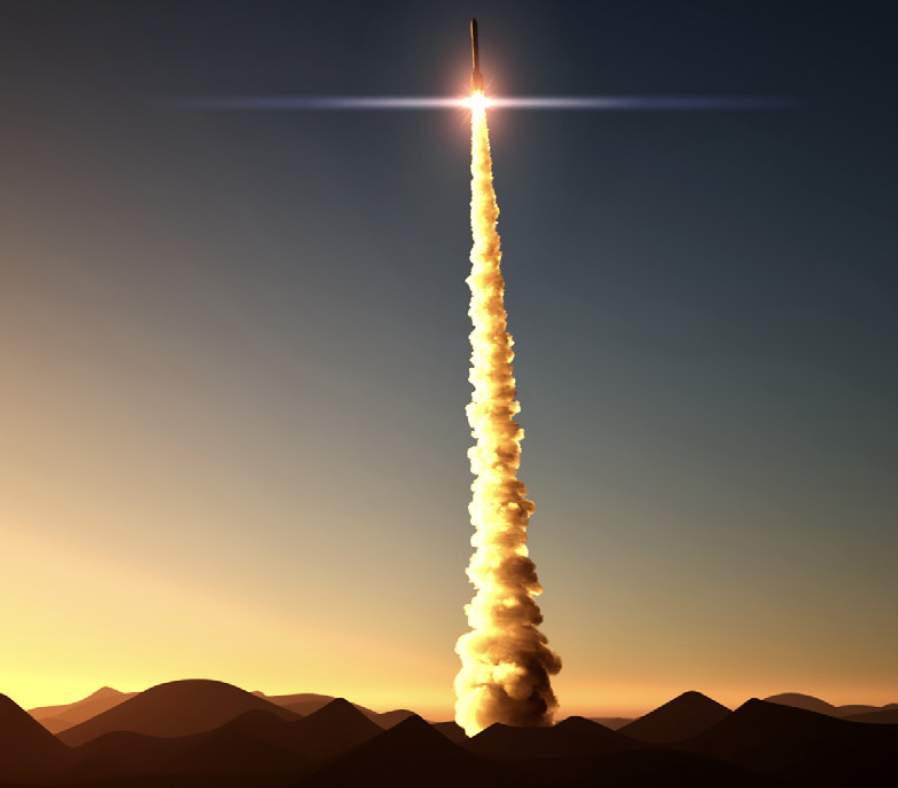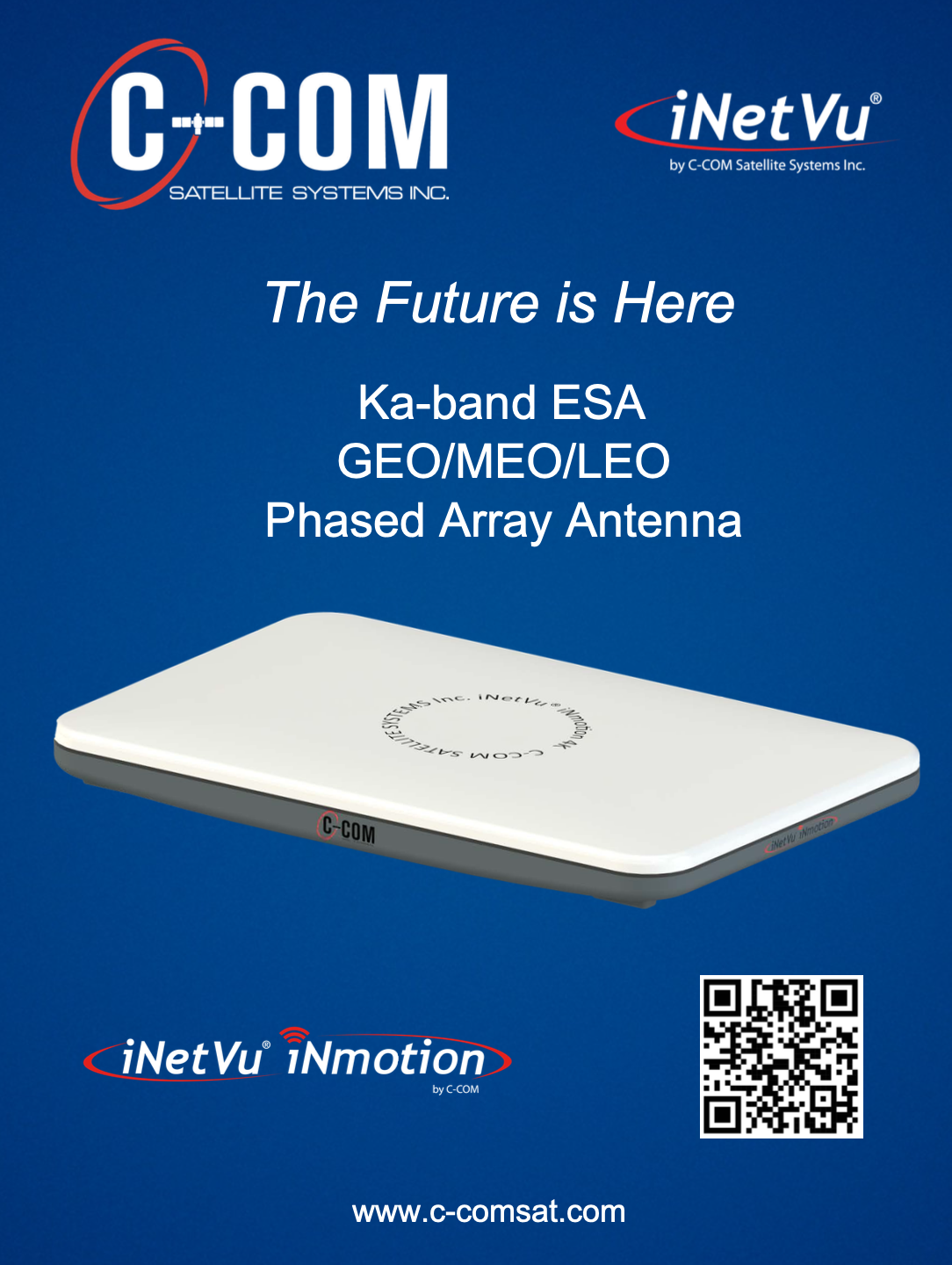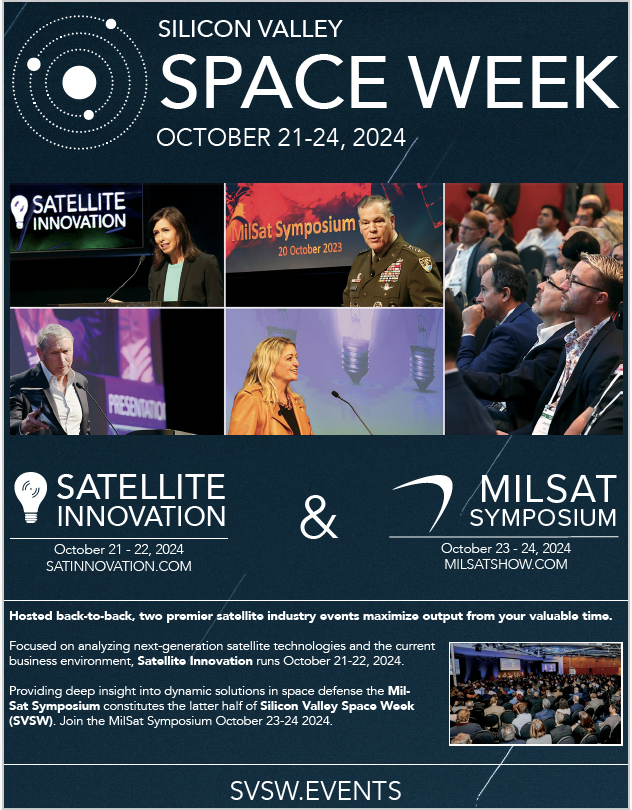Rideshare’s complex role in New Space
“Rideshare.”
The very name summons romantic notions of “hitching a ride” to the expanse of space and all of space’s exploratory and economic opportunities.

“Send your package to space no rocket of your own required!”
Like hopping aboard a freighter across the Atlantic or wagon caravan headed West, rideshare captures the type of deeply democratic, every-man ethos that the leaders of the original space race harnessed, and that modern technological and political movements continue to evoke.
Even the most fundamental and egalitarian principles of space access, however, are starting to come under heightened scrutiny, and rideshare is no exception. As the New Space industry continues to grow, rideshare is getting a closer look from every angle, including from the space debris perspective, the environmental / substantify perspective, and, of course, the regulatory point of view.
Originally, rideshare was by definition a secondary opportunity, a use for “leftover” launch vehicle performance rather than the main “focus” of a launch.
At its simplest, when there is performance “leftover” beyond that being used to deliver the primary payload to its selected orbit, this opens the door to other, secondary payloads. In theory, this is a favorable outcome for all parties, as sharing can lower costs and increase opportunities for space transport, while raising revenue for launch providers.1
A practice in use for years, rideshare really began to take off with the emergence of standardized separation mechanics, together with the exponential growth of the smallsat market.2 Now, there are launches without any primary payloads at all, with vehicles simply launching on a predetermined cadence, despite carrying unused capacity at the time of launch.
The first and hottest topic around rideshare is space debris. Dedicated rideshare launches routinely deploy upwards of 80 satellites at one sitting, but the number of spacecraft deployed is only part of the problem—increasingly, location is also concern.
You need more than a lot of cars to cause a traffic jam—you also need them to converge on the same stretch of highway. Under today’s protocols, deployed satellites from any single rideshare launch generally end up in more or less the same orbit, almost always at a polar inclination in LEO.3
This makes those sections of LEO quite congested, heightening the risk of collisions that could actualize the terrifying prospect of cascading debris impacts that has long been predicted but, to date, has remained largely unremedied.
But why routinely deploy in one orbit in the first place?
In part, the rideshare launch companies are simply responding to customer demand for popular orbits (such as a sun synch or polar orbit). However, the customers are also responding to economic incentives from the launchers—until recently, launch companies operating the largest, dedicated vehicles offered trips to the sun synch at prices less than half the price per kilogram of smaller, dedicated launchers.
At the beginning of the smallsat industry’s rapid growth, debris was less of a problem, given that fewer satellites occupied sun synch orbits and fewer satellites were deployed per launch. Now, operators and regulators should be motivated to more closely consider and monitor these missions in an effort to “spread things out” and help avoid (inevitable) disaster.
Taking one step “down” from orbit are the environmental concerns associated with rideshare. Space travel was not historically a hot environmental topic, especially relative to other more obviously pollutive forms of transportation.
But even though launch-related atmospheric pollution is minor on a total basis compared to, say, airplane pollution, space launches impact areas of the atmosphere that are in some ways more sensitive. Space “soot” emissions from rockets have a warming efficiency about 500 times greater than emission from the surface or aircraft sources.4
While it is true that air travel is still a bigger culprit on an absolute basis, the actual impact of launch pollution may be disproportionately high.5 It is hard to say whether “reusable” rockets, such as the type being used for rideshare, are an overall environmental help or hindrance (depending on the issues set forth above). And, of course, environmental assessments can never be made in a vacuum— perhaps the net environmental impact of rideshare, reusable rockets, etc., is in fact positive when compared to alternatives.
In any event, given the outsized impact of launch-related emissions on atmospheric conditions and the ever-increasing number of launches of all-size launch vehicles, this is a subject which deserves more study.
The knee-jerk reaction to the question of both affordability and environmental concerns around rideshare would seem to be that we should use rideshare wherever possible. But this conclusion depends on three analyses:
1) the environmental burden of flying the large rideshare vehicle
2) the occupancy level of the launch vehicle used on larger rideshare mission
3) the environmental burden of flying the number of smaller launch vehicles necessary to accommodate the spacecraft deployed on such a large rideshare mission.
Like those who remember (accurately or inaccurately) a time when hitchhiking across America was “safe,” some operators may miss the days when space was wide open for the adventurous, and those small operators without the cash to otherwise make the trip solo were just grateful for the chance to tag along.
Now, while the opportunities for space access have never been greater, the new threats to space sustainability have never been more daunting. As technologies, financial instruments, and regulations develop to address space debris remediation, pollution mitigation and atmospheric scrubbing, and other areas of key concern, it makes sense to start at the beginning—launch, as the entry point to space.

Rideshare should be a focus in these conversations. With the correct incentives in place, the launch economy may still be able to mitigate these concerns without necessarily moving away from rideshare.
There are several potential solutions
• Use the same launch to deploy and disperse satellites to the degree technically possible
• Dedicate more launches to more “open” orbits
• Mandate, with some exceptions, that launch vehicle performance be substantially used.
Within narrow limits, “space tugs” can enable the same vehicle to facilitate deployment to various inclinations, and more extensively, to different altitudes.6 It remains to be seen if this is more cost effective than simply operating launches which may be more expensive per kilogram to less “popular” orbits.
In terms of “low hanging fruit” the largest forms of orbital debris are actually spent upper stages, if not de-orbited. While some of the more complex nuances of the rideshare / orbital dynamic are analyzed and addressed, it seems clear that de-orbiting these stages can and should be a first and obvious step, and who better than launch companies to lead the way.
Perhaps there are other (relatively) easy first steps on the environmental front, as well? Whether by means of encouraging different fuel types on the front end or clean-up technologies on the back end, this seems like an area ripe for creative solutions.
P.S. The irony that this article is being co-authored by the former CEO of Spaceflight, Inc., a pioneer in the commercialization of rideshare, is not lost on the writers!
1https://www.nasa.gov/wp-content/uploads/2023/09/rideshare-101-final.pdf
2https://www.nasa.gov/wp-content/uploads/2023/09/rideshare-101-final.pdf
3https://www.nasa.gov/wp-content/uploads/2023/09/rideshare-101-final.pdf 4https://agupubs.onlinelibrary.wiley.com/doi/10.1029/2021EF002612
5https://www.nytimes.com/2024/01/09/science/rocket-pollution-spacex-satellites.html: “Today, rocket exhaust pales in comparison to the exhaust emitted by aviation. But scientists are concerned that even small additions to the stratosphere will have a much bigger effect.”
6https://www.nasa.gov/wp-content/uploads/2023/09/rideshare-101-final.pdf
 Curt Blake
Curt Blake
Author Curt Blake, Senior Columnist to SatNews Publishers, is Senior Of Counsel at Wilson Sonsini Goodrich & Rosati. He is an attorney and senior executive with more than 25 years of experience leading organizations in high-growth industries— and more than 10 years as the CEO of Spaceflight, Inc.— at the forefront of the New Space revolution. Curt has extensive expertise in strategic planning, financial analysis, legal strategy, M&A, and space commercialization, with deep knowledge about the unique challenges of New Space growth and the roadmap to success in the that ecosystem.
The views expressed in this article reflect those of the author himself and do not necessarily reflect the views of his employer and its clients.



